As the national debate grows over how to best use and regulate artificial intelligence, faculty and students at Cordova High School are discussing its potential effects on teaching and learning.
“It’s amazing what our technology is and where it’s headed to,” said Marizza Lundstrom, an IM 3 and IB math teacher at Cordova High. Referring to the concern that AI helps students cheat, she added, “It hasn’t really affected students’ test taking strategy because I watch everybody like a hawk. Nobody has their phones on them, but I can tell when students are not doing their own work.”
A survey of students at Cordova High showed they have a wide range of views about AI. Of the 64 respondents across all grade levels (70.3% biologically assigned female; 29.7% male):
- 100% of the 9th graders surveyed said AI will help students in school, but most said it’s not necessary.
- 20% of 10th graders did not think AI is helpful, 60% said it offers helpful information and helps students have an easier time with assignments, and 20% said AI should be used appropriately because it is not always correct.
- 24% of 11th graders said AI should be used in schools and is helpful, while 45% said AI shouldn’t be implemented in schools, saying the traditional way of learning is preferable, and that AI is too advanced now. 26% of 11th graders were in-between, saying it should be implemented to a certain degree, such as playing the role of Google or acting as a tutor.
- Half of 12th graders said AI is helpful. A few said people only use AI because they are lazy, and that AI helps students cheat. Others said AI should be limited to a search engine function, and to for grammar and spell checks.
According to Wikipedia, “Artificial intelligence (AI) is the intelligence of machines or software, as opposed to the intelligence of human beings or animals. AI applications include advanced web search engines (e.g., Google Search), recommendation systems (used by YouTube, Amazon, and Netflix), understanding human speech (such as Siri and Alexa), self-driving cars (e.g., Waymo), generative or creative tools (ChatGPT and AI art), and competing at the highest level in strategic games (such as chess and Go).”
In education, AI is easily accessible and something anyone can manipulate. It is affecting education in several ways – task automation, enhancing the learning experience, personalized education, virtual learning solutions, around-the-clock assistance, a safe and secure environment and secure virtual exams, according to the Association for the Advancement of Computing in Education. (How AI and Machine Learning are Transforming the Education Sector – AACE.)
In STEM and art industries, however, there are more concerns, not only about how individuals can abuse its power, but how they can disguise it.
According to a report from the Capgemini Research Institute, more than half – 52% – of the secondary-level teachers surveyed said they believed AI would change the teaching profession for the better. But a similar percentage say their schools have either blocked or restricted access to AI in one form or another.
Students using the technology to cheat in assessments and coursework was identified by respondents as one of the risks of using AI in schools. However, this survey of teachers found that a majority said the potential benefits of AI outweigh the risks.
Generating art with AI is exciting and often a source of inspiration when you think about how technology is transforming the art industry, but there are problems to consider, said Rodrigo Olivia, a Visual Art, Drawing and Painting teacher at Cordova.
“Some [artists] are using it to create art and it’s a tricky kind of thing, because an artist calling themselves an artist when they just type in words,” Olivia said. “There’s a battle of is it real art or isn’t it. … Some people will accept it and some people will not. (Those who don’t) come more from the older kind of traditionally trained artists.”
The emergence of AI-image generators has stirred controversies over whether art generated by artificial intelligence should be considered real art — and whether it could put artists and creators out of work. Critics of AI-generated art argue that AI lacks the emotional depth, intention and luck that are at the forefront of human creativity. They claim the absence of genuine experiences and emotions in AI-generated works relegates them to mere simulations of creativity.
A second controversy revolves around questions of whether AI tools steal from artists, or whether that’s different from what we already let humans do when artists get inspired by or mimic other art styles, according to Is AI Art Really ‘Art’? Debating Creativity and Authenticity by Zaf Chow, chief creative officer of Artifact Labs, an IT consulting firm.
AI is a tool and a stepping stone, Olivia said.
“Once you know how to use those things, then it’s going to help artists know the craft,” he said. “The sky’s the limit because you can take any of those generated ideas and create your own work from it. You can translate all those digital visions that AI provides and translate that into paint, but you still need to, you know, train yourself traditionally.”
AI-generated ideas, said Olivia, can save beginner-level art students hours, and that is beneficial, adding these students need help in all aspects of creating art.
Some artists are concerned that AI-generated art could take their jobs, and allow individuals to take a free ride on the backs of artists who spent years learning their craft. Others, such as California-based movie and game concept artist RJ Palmer, are worried AI-generated art is, to use his words, “actively anti-artist.” (https://www.bbc.com/news/technology-62788725)
“Everyone’s going to come around and value craftsmanship more because everything’s going to get saturated with AI,” Olivia said. “A lot of the artists that do spend 20-40 hours working on something are going to be valued even more. Then when someone sees someone chiseling a rock for 100 hours, it’s more impressive. The art speaks more than having some sort of robot you know 3D print it.”
Oliva added, “People are always going to have that division. of AI versus the traditional aspect of it. What makes a true artist? There’s no real answer to it, it’s a form of expression. So if you’re expressing yourself through AI, it is still art. The true essence of art is just crafting it right with your hands, and that’s something that AI will never have. At the end of the day, it really comes down to the soul of the person and having that human connection to the work of art.”
Josh Creeger, who teaches Video Productions 1 and 2 at Cordova, said looking at AI’s generated script or images is ultimately a destination, and students who use it still have to learn how to get there.
“It may be a good tool for (students) to get some ideas,” Creeger said. “Some kids are better at editing and filming but can’t come up with a good script idea.”
In other subjects like math, AI is a much-talked about subject – especially the ways in which it will hinder student learning.
Lundstrom said she shares the widely held concern for AI – that it can be changed to reflect anything and any time, and students don’t even have to try to understand the underlying concepts.
“I worry that if it goes in this direction, how much are people really going to know about math?” she said.
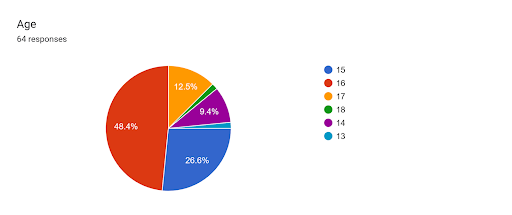

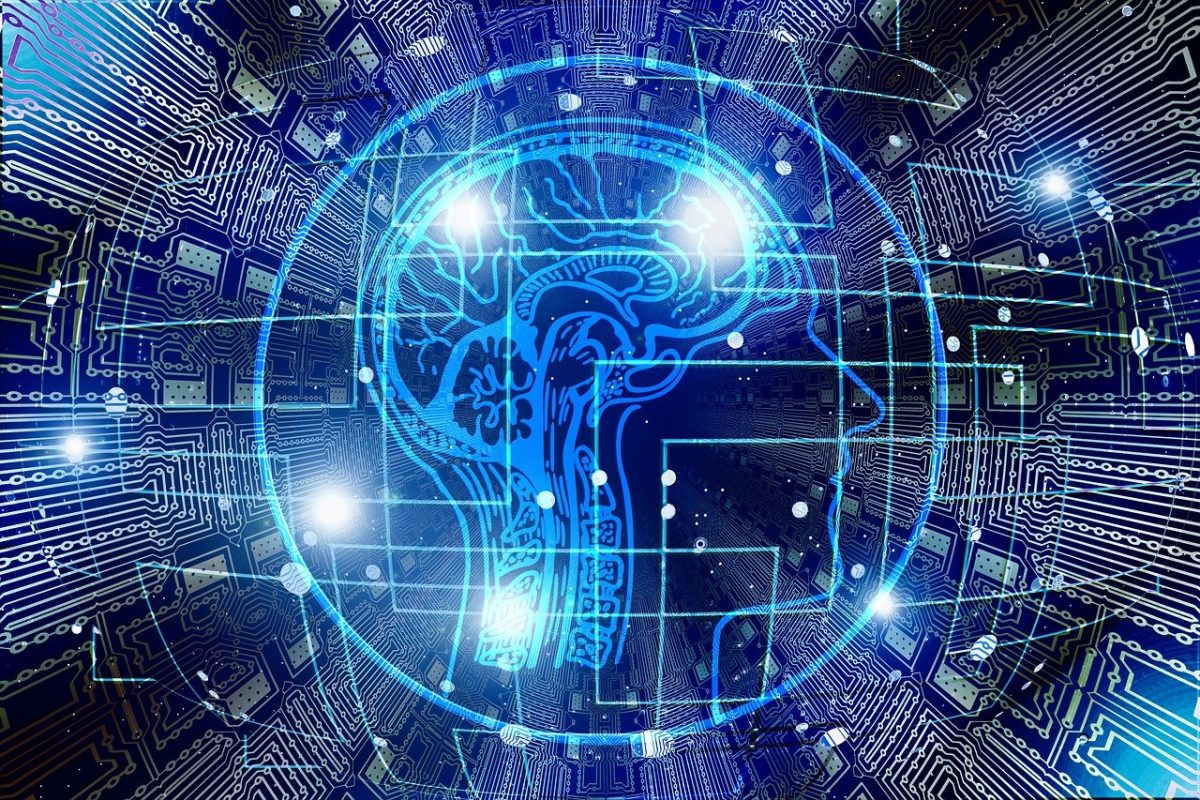
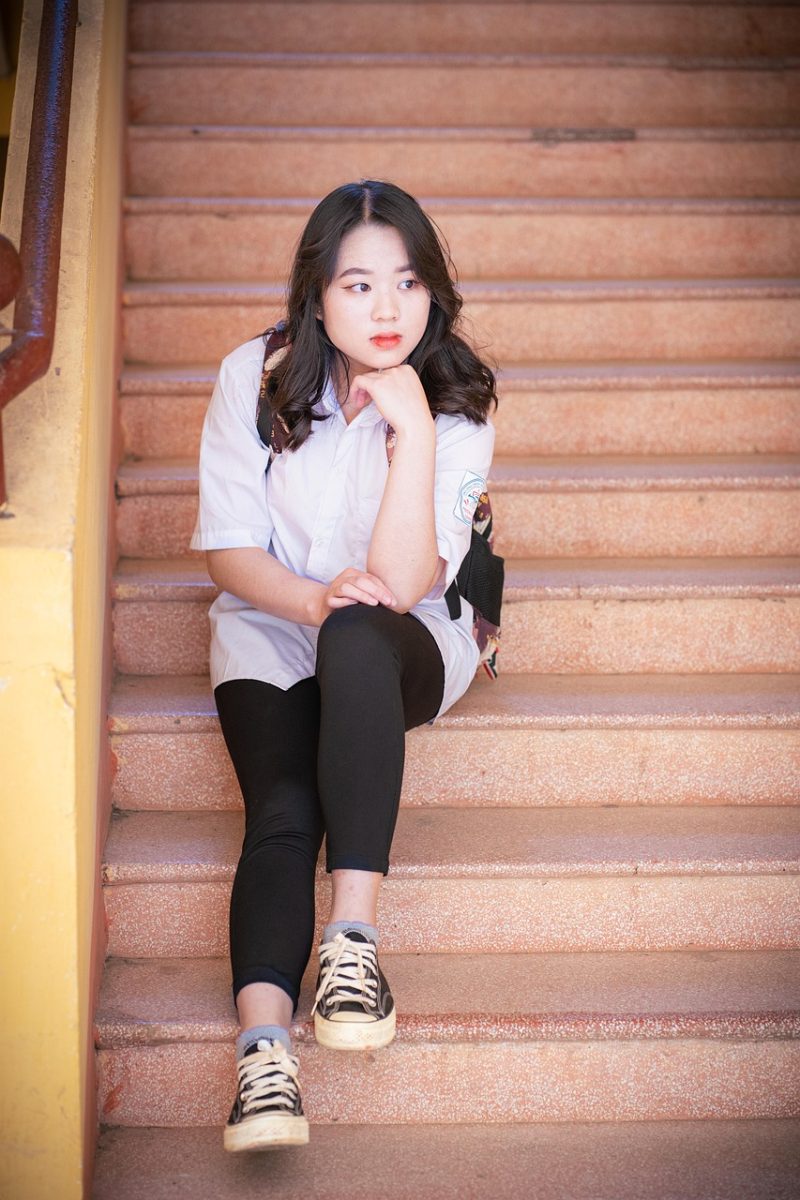
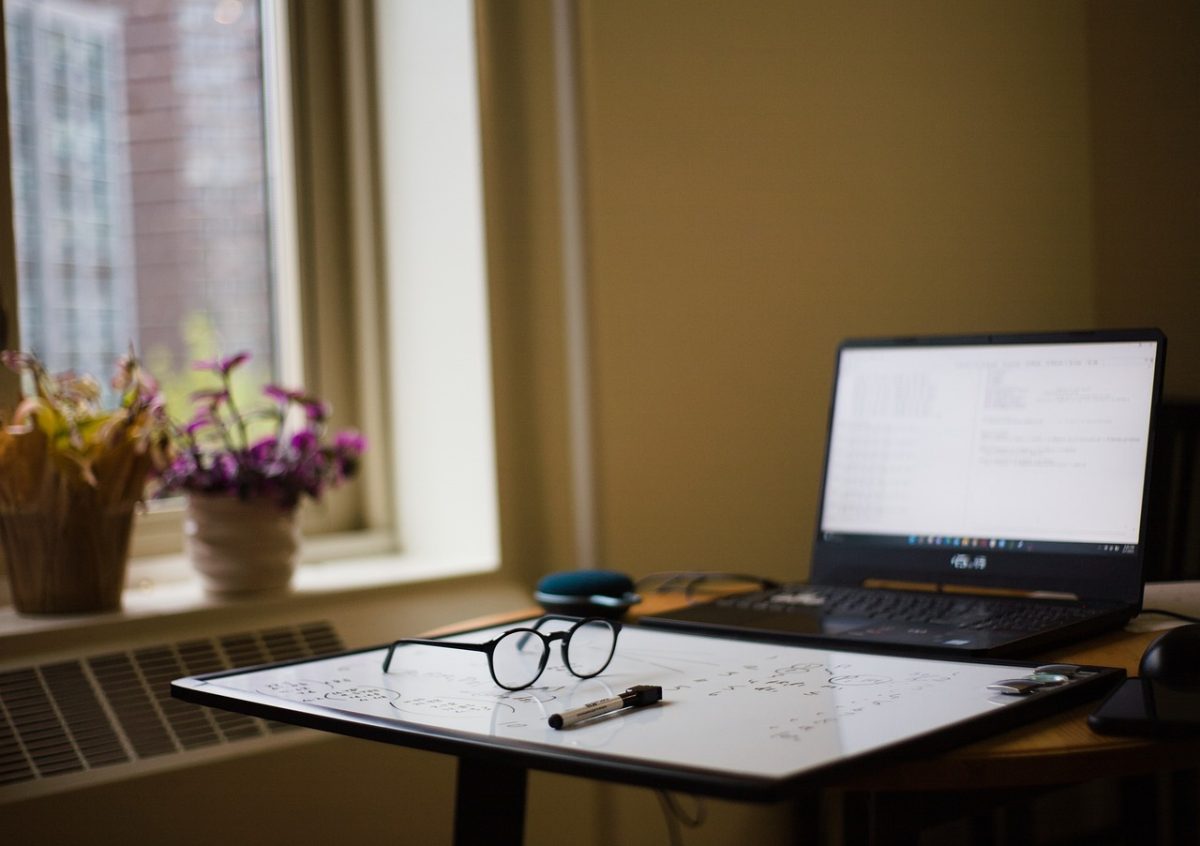
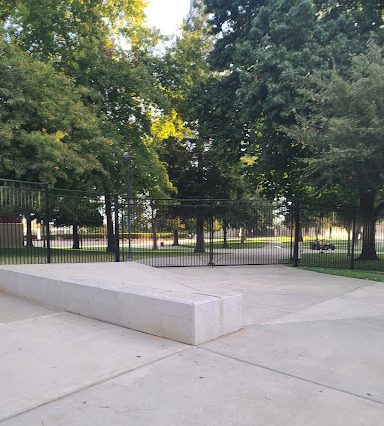
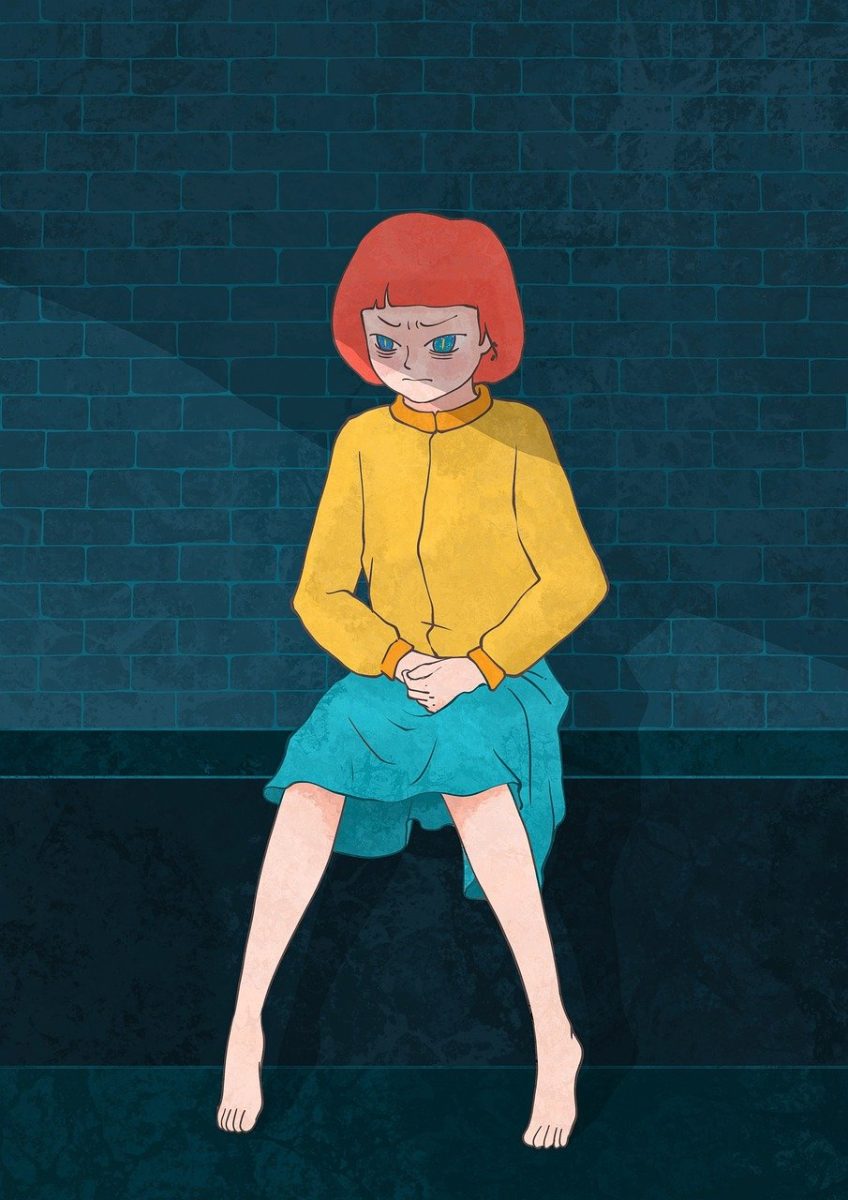
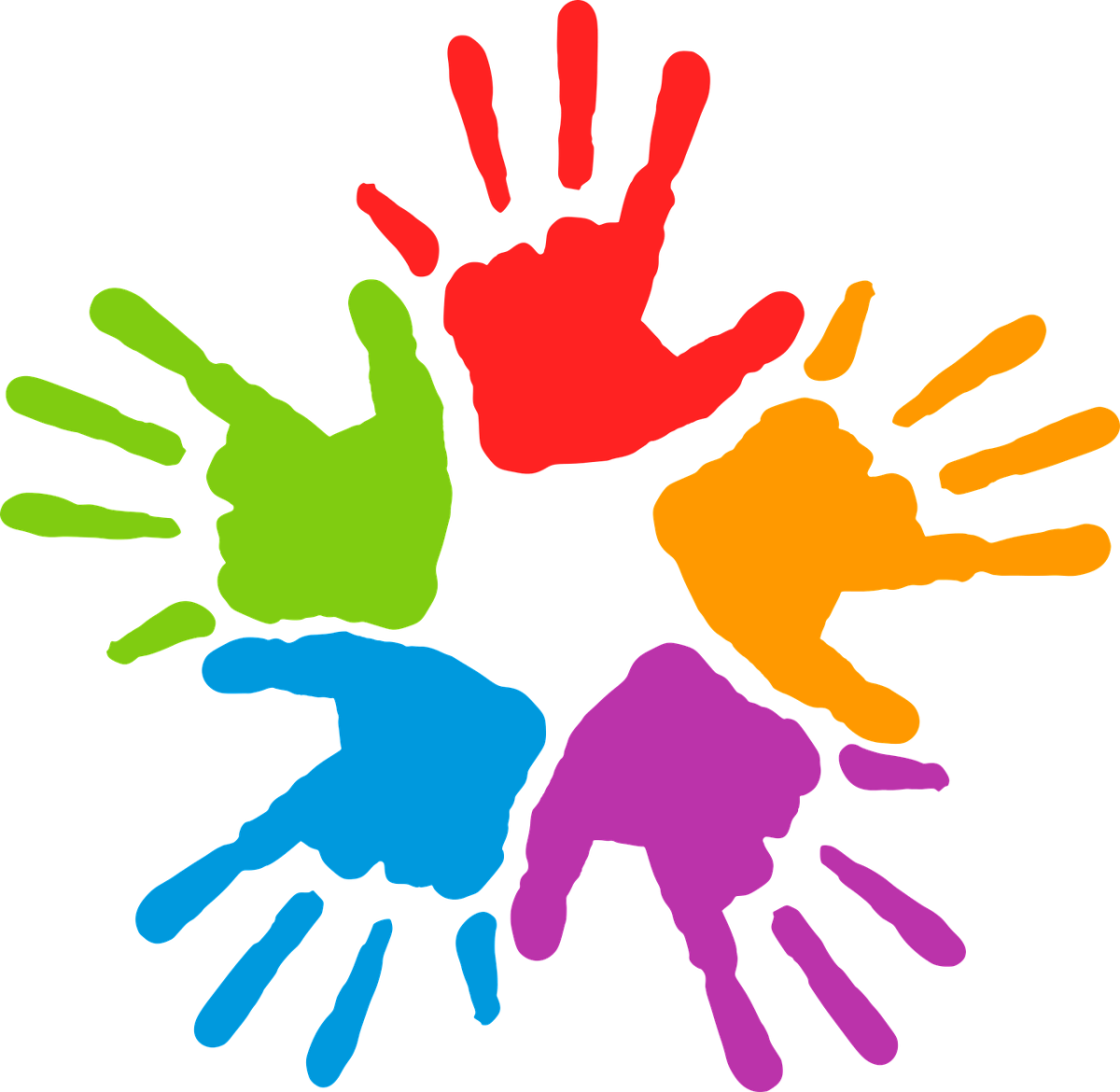
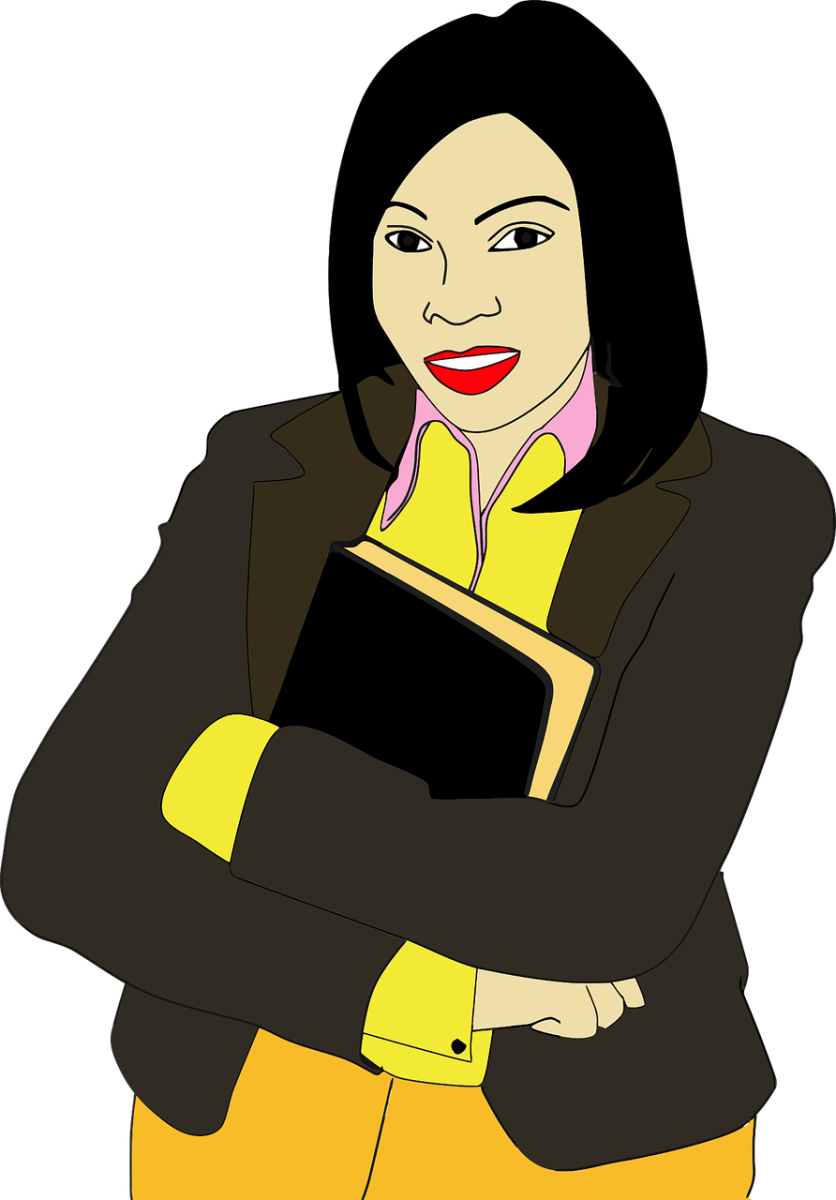
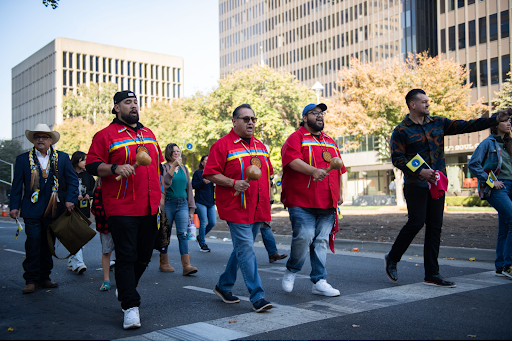

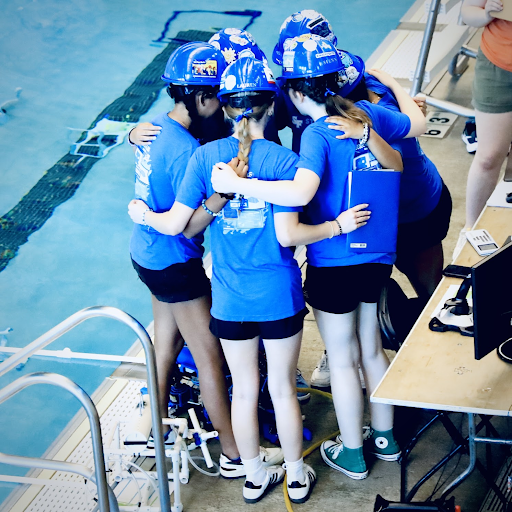
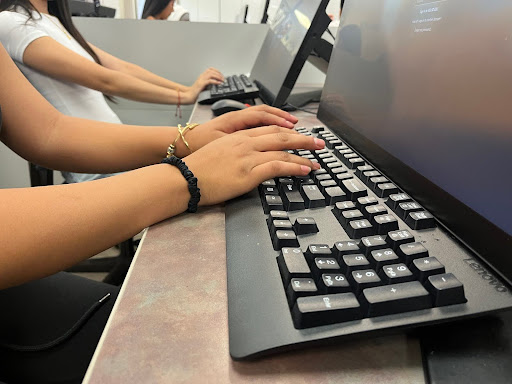
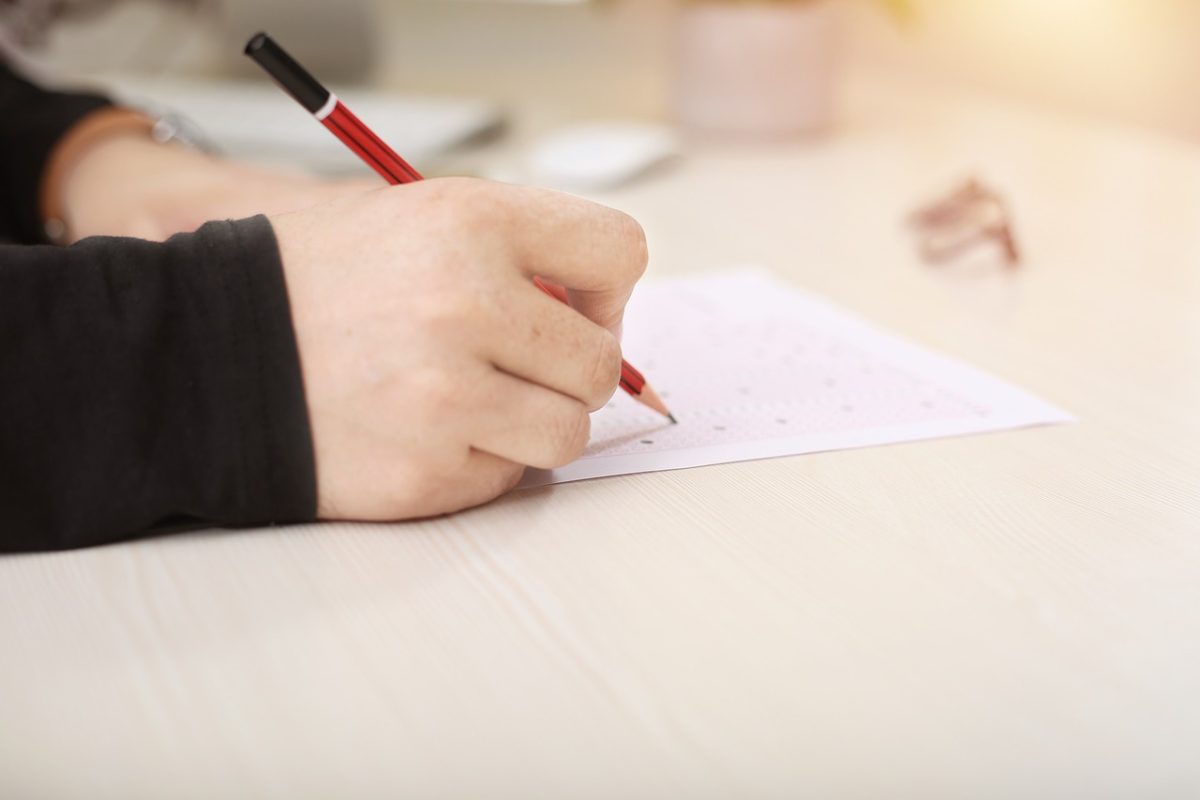
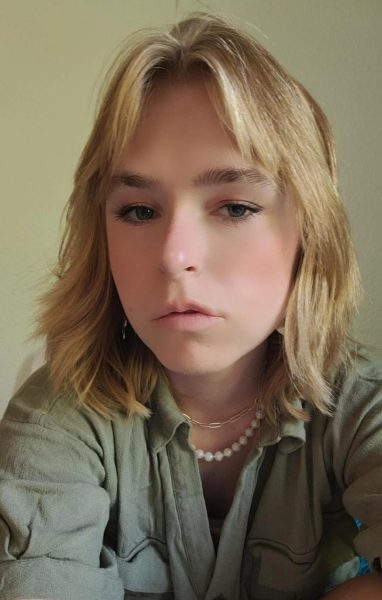
Martha Rolfson • Sep 15, 2023 at 5:04 pm
Thank you for this thoughtful article on AI. It’s something I’ve been thinking a lot about. Great Insight!